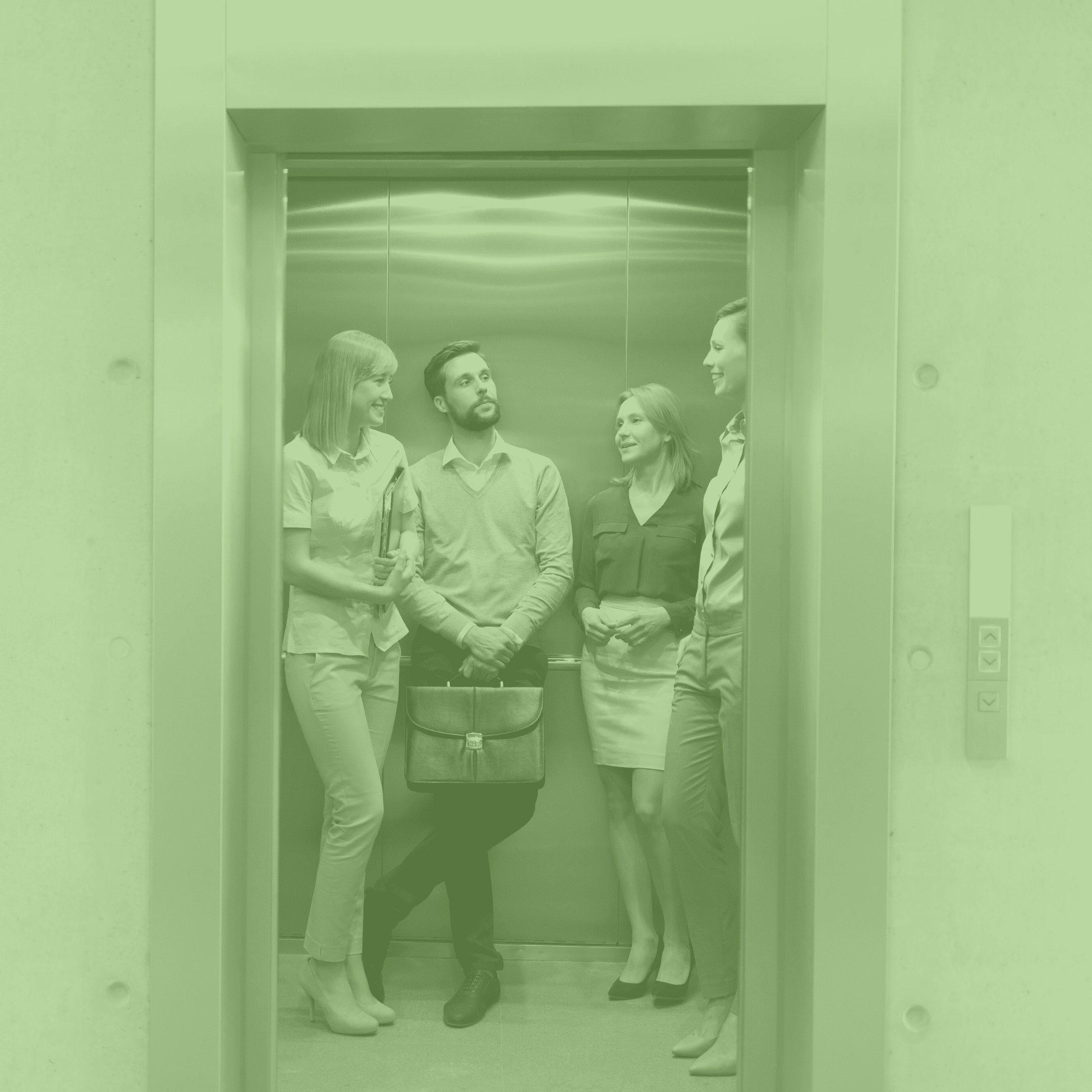How to Use the Power of Your Second Brain

How do you make decisions? Do you have different strategies depending on the type of decision? Do you actively reduce the number of decisions you make in a day? Do you make your most important decisions after a meal?
As a psychologist, I’m fascinated by the way we make decisions and how we can improve this process through scientific research. This has a big influence on my work as an Innovation Consultant because decision making is a crucial part of the innovation process.
Here’s an example: Your team have spent all day generating lots of diverse, creative ideas for your next big innovation project – maybe you’ve got 60 ideas, maybe 100! Nice work! But what are you going to do with all these ideas? You know it’s unrealistic to use them all, so you’re going to have to make a shortlist of the best ones. Yet, how do you know which ones are best to take forward into the experiment phase of the innovation process?
Most of us assume there’s only one way to make good decisions. This assumption is so great that most of us would never even question how decisions could be made differently. We usually write a pro’s and con’s list, chat it over with a colleague, think long and hard about it, use an essential criteria list… What all of these have in common is that they are all done using our conscious thinking process – by which I mean thought. We actively think about which decision to go with. We know this is the most reasonable and logical way to make a decision right? By thinking it out? And it does work…most of the time. But here’s the kicker, it actually doesn’t work very well when we have to make complex decisions. A complex decision is one that involves multiple variables (our conscious mind can only hold 5 – 9 bits of information at once) and that doesn’t have a clear right or wrong answer. And when it comes to ideas for innovation, 100% of the time, you’re going to have to make a complex decision! SO, what could this ‘other’ way of decision making possibly be?
A seminal research article by Dijksterhuis and Nordgren found that unconscious decision making is consistently superior compared to conscious decision making. What do I mean by unconscious decision making? Unconscious processes are those that are occurring outside of our awareness (versus conscious thought), and often for our benefit. For example, have you ever forgotten a piece of information, maybe the name of a person or a restaurant you want to recommend, and then 20 minutes or so later that information suddenly pops into your mind? Or has a solution to a problem you’ve been trying to solve for days ever popped into your mind at the most unexpected time? Like when you’re in bed, or on the bus, or in the bathroom having a shower? This is all thanks to the amazing problem-solving powers of your unconscious mind! It’s there working away in the background outside of your awareness, then BAM, it delivers the goods. Another way of thinking about the unconscious is through the concept of intuition or gut feeling, which actually involves a very sophisticated neurological process. Fun fact, did you know your gut is literally your second brain?!
Ok, back to that seminal research! So Dijksterhuis and colleagues found over several different studies that when it comes to complex decision making, there is actually a way you can effectively tap into your unconscious thinking. This occurs over three steps:
- View Options: Feed your unconscious with all the options and information relevant to the complex decision, make sure you properly understand all the options
- Distract: Fully and completely distract yourself for 10 minutes (put all your attention into a crossword puzzle, call your mum, play a game of celebrity heads)
- Decide: Go with what feels right, don’t wait too long, and don’t overthink it otherwise you will activate your conscious brain again!*
In sum, next time you’ve got a complex decision to make (remember, that means multiple variables and no right or wrong answer), first use your conscious decision-making process to refine and fully understand your options, next fully distract yourself for 10 minutes, then finally return to the decision and go with your gut!*
Other ways to harness the power of your unconscious mind include:
- Give that old saying a go and “sleep on it”
- Carry a dedicated notepad with you to capture thoughts that bubble up from the unconscious as the most unexpected locations (often the bed, bus, or bathroom)
- Engage in deliberate practice to improve your intuition (watch this)
* If your conscious mind and your gut feeling aren’t aligned on this, go back to viewing the options, usually you’ll find that you’ve missed something in this first stage.


